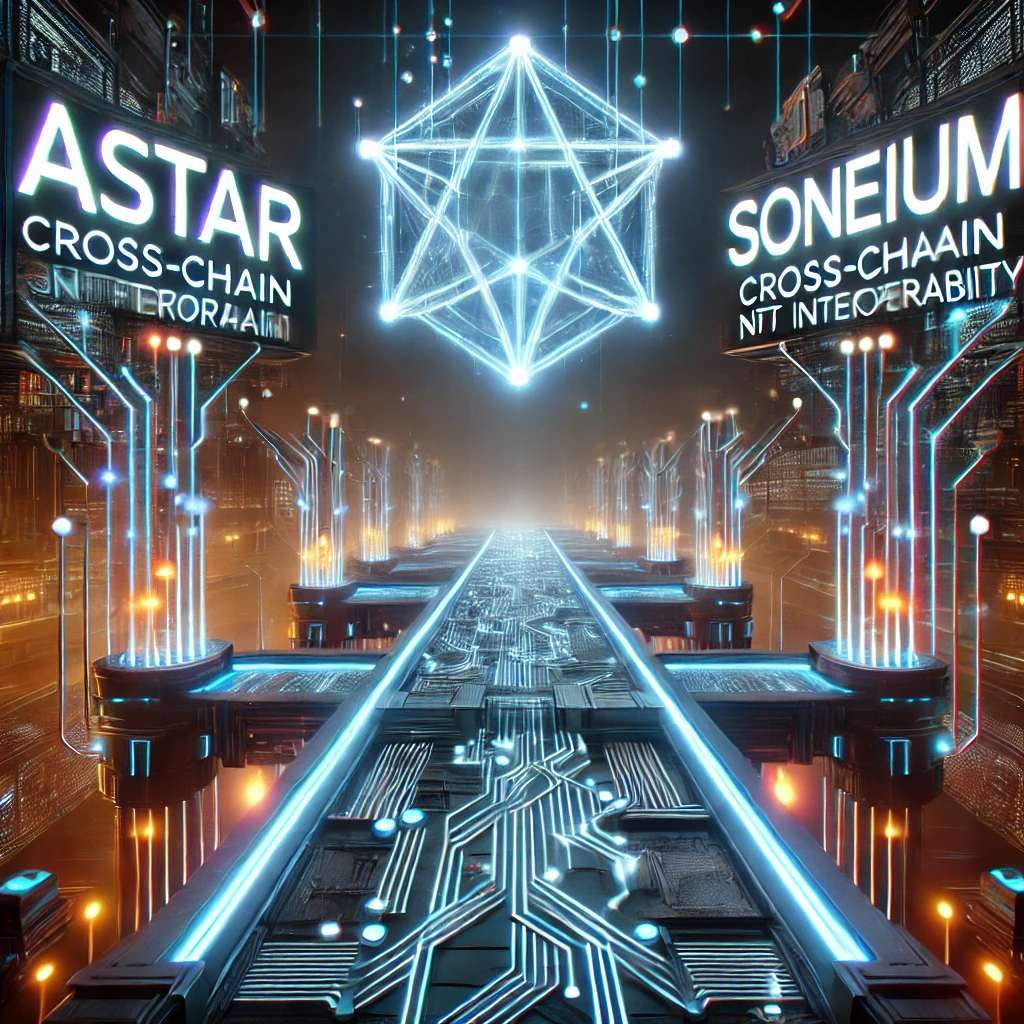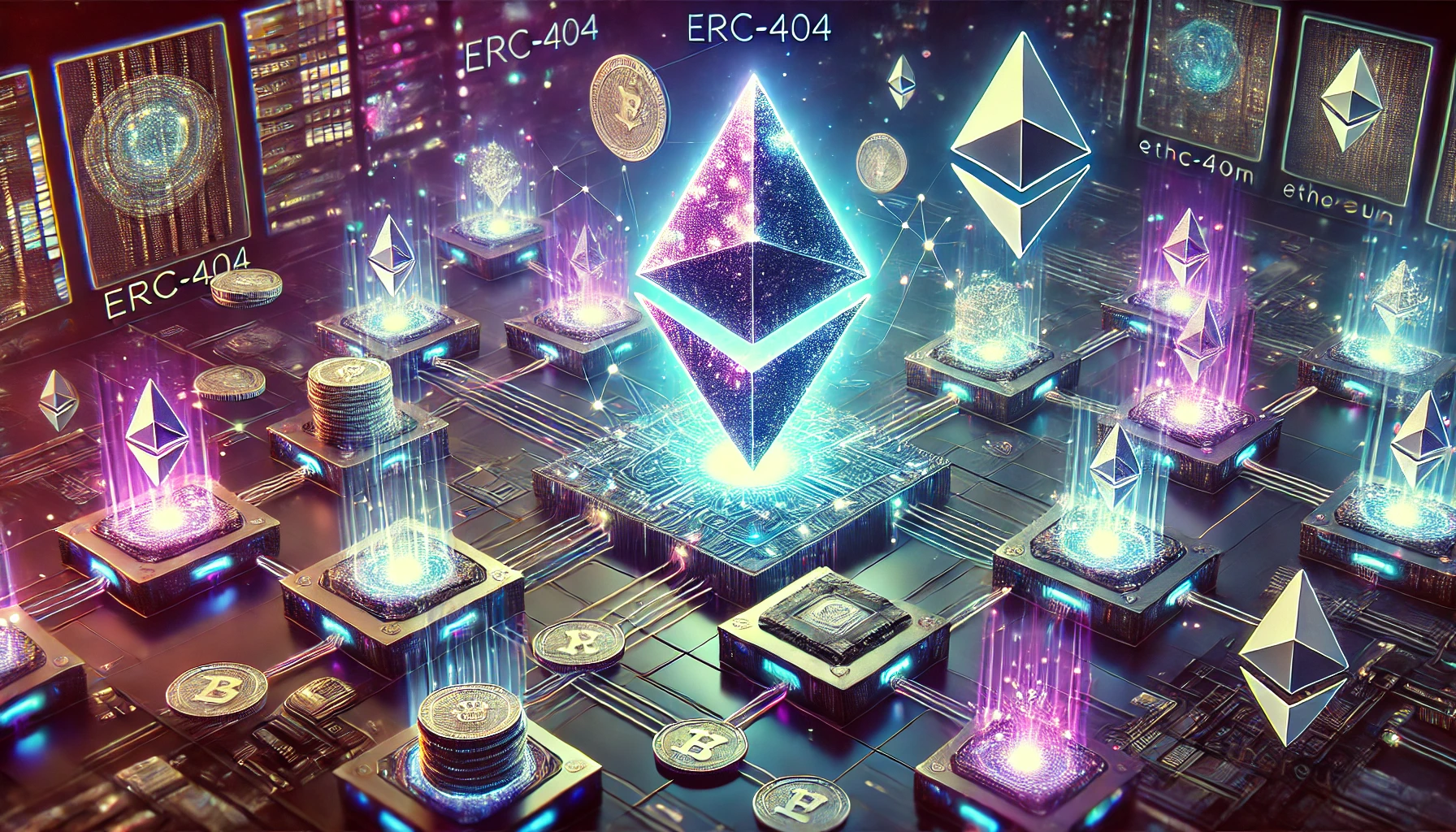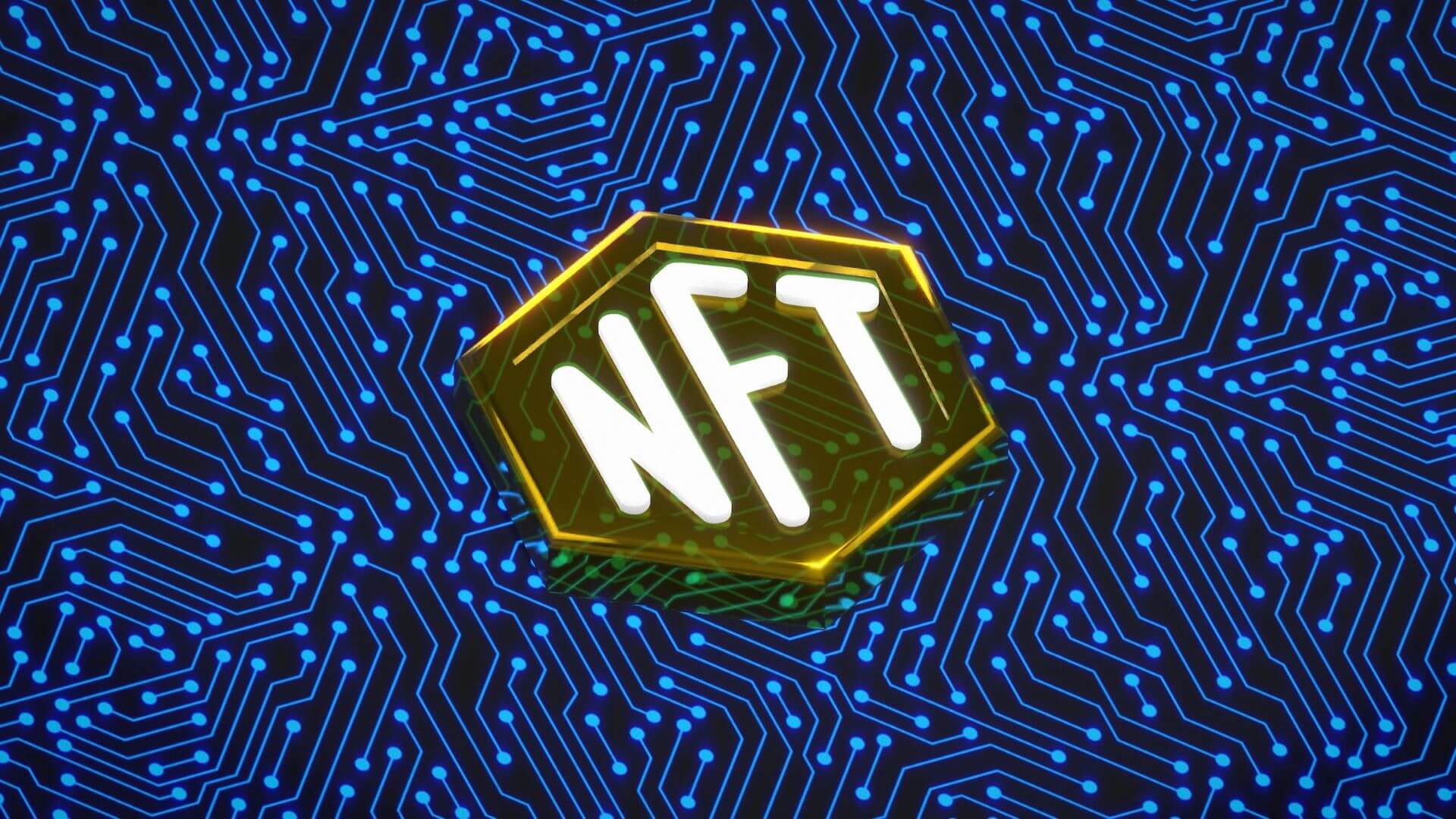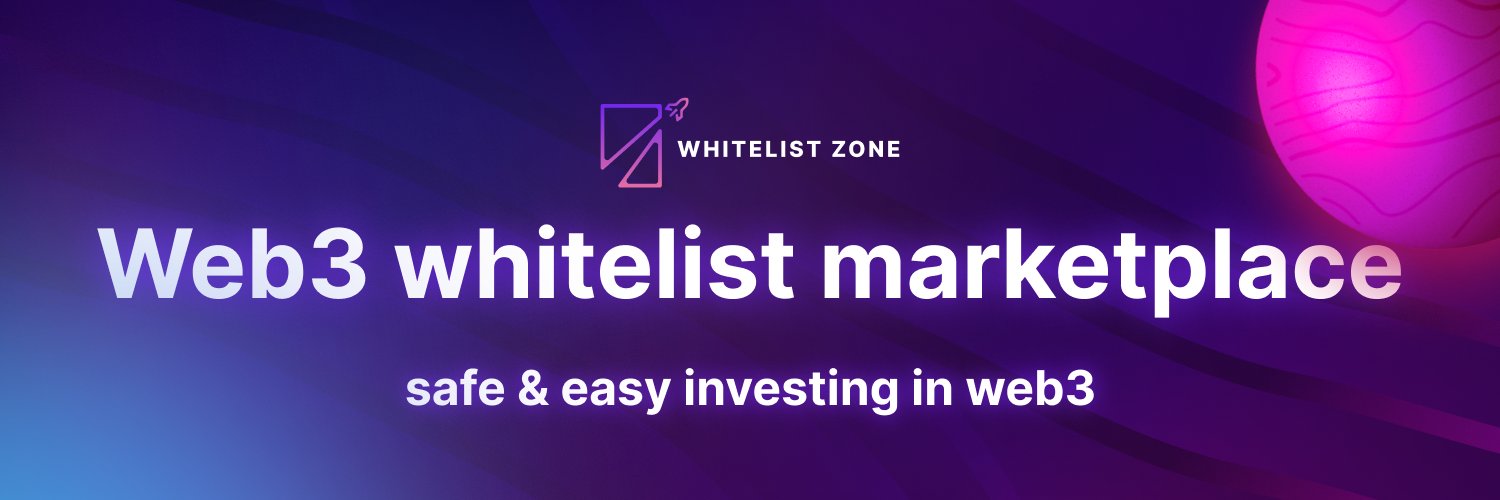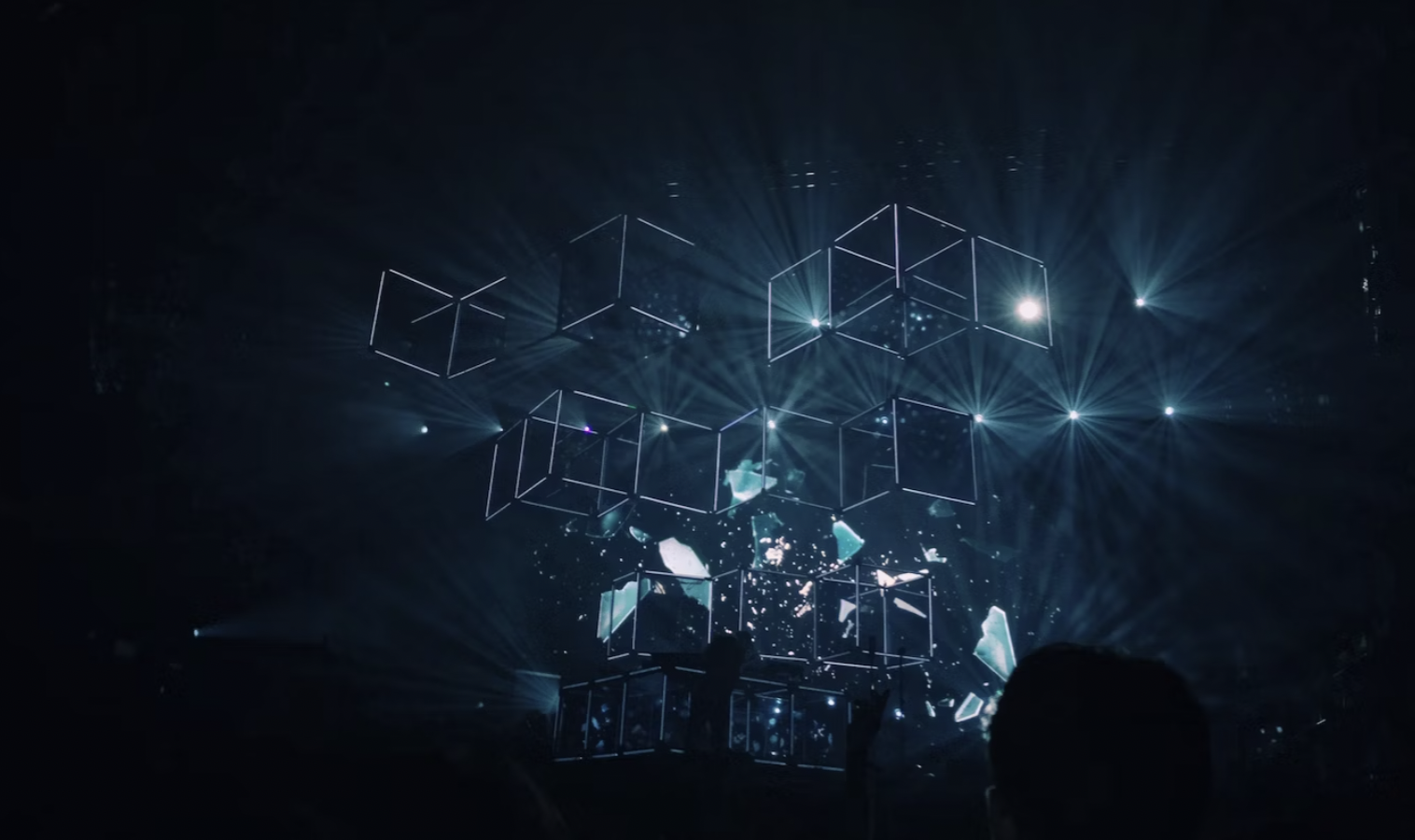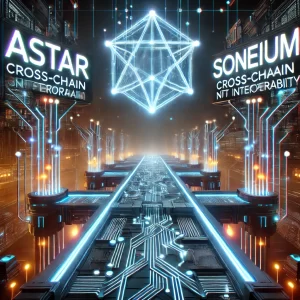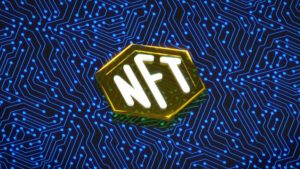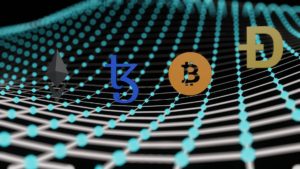The world of NFTs is evolving rapidly, and a new Ethereum token standard, ERC-404, is making waves across the industry. This hybrid token standard introduces a unique blend of ERC-20 (fungible tokens) and ERC-721 (non-fungible tokens) functionalities, creating an entirely new way to interact with digital assets. But what does this mean for NFT collectors, investors, and developers? Let’s dive in.
What Is ERC-404?
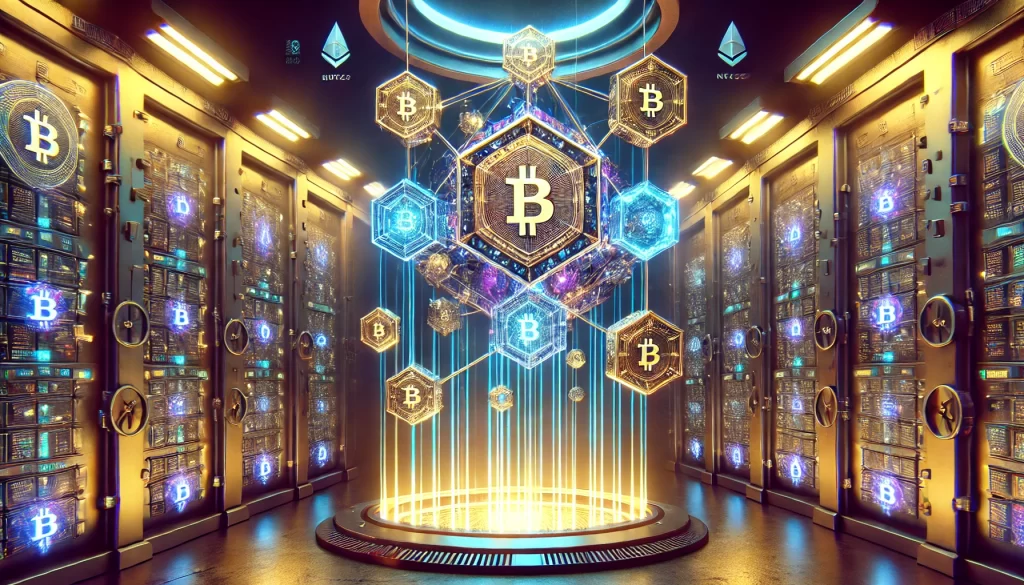
ERC-404 is an experimental Ethereum token standard that allows NFTs to be fractionalized while maintaining the ability to be traded as whole assets. It bridges the gap between fungible and non-fungible tokens, allowing for more dynamic ownership models.
Key features of ERC-404:
- Fractional Ownership: NFT holders can own and trade fractions of an NFT, increasing accessibility for buyers who may not afford an entire asset.
- Composability: Smart contracts can interact with both the NFT and its fractions in novel ways, enabling new financial models in DeFi and gaming.
- Liquidity Enhancement: Unlike traditional NFTs, ERC-404 tokens can be integrated into decentralized exchanges (DEXs) and liquidity pools.
How ERC-404 Is Changing the NFT Market
1. Expanding Accessibility
One of the biggest barriers in the NFT space has been the high cost of premium assets. With ERC-404, users can purchase a fraction of an expensive NFT, similar to buying shares in a company. This could drive mainstream adoption by making high-value NFTs more accessible to the average investor.
2. Enabling DeFi Integration
DeFi and NFTs have often existed in separate silos, but ERC-404 changes that. By introducing liquidity and fractional ownership, these assets can now be used in lending, staking, and yield farming protocols. This could create entirely new financial products where NFT fractions act as collateral or yield-generating assets.
3. Enhancing Liquidity and Market Efficiency
Unlike ERC-721 tokens, which typically require marketplaces like OpenSea or Blur for trading, ERC-404 assets can be instantly swapped on DEXs like Uniswap. This reduces friction in the market, improving liquidity and making price discovery more efficient.
4. Revolutionizing Gaming and Metaverse Assets
Many blockchain games struggle with NFT liquidity. With ERC-404, in-game items can be fractionalized and traded in real-time, allowing players to access rare or expensive assets in a more flexible manner. This could significantly boost engagement and economic activity in the metaverse.
Challenges and Risks of ERC-404
While the ERC-404 standard presents numerous opportunities, it also comes with challenges:
- Lack of Official Recognition: ERC-404 is not yet an Ethereum Improvement Proposal (EIP), meaning it’s still an unofficial and experimental standard.
- Security Concerns: As with any new blockchain innovation, security risks must be thoroughly tested before mainstream adoption.
- Regulatory Implications: Fractional ownership models may introduce regulatory scrutiny, especially concerning securities laws.
The Future of ERC-404 and NFT Bridges
At NFT Bridges, we are closely monitoring the development of ERC-404 and its adoption in the NFT space. While we do not currently support the ERC-404 standard, we recognize its potential and are considering future integration based on market demand.
We focus on understanding how many collections want to leverage ERC-404 for cross-chain functionality. If the demand is significant, NFT Bridges will explore adding support for bridging ERC-404 assets across multiple blockchains.
If you are a project interested in cross-chain functionality for ERC-404 NFTs, we encourage you to reach out. Your feedback through our
contact form will help us determine the best way to integrate this standard into our platform.
Conclusion
ERC-404 is shaking up the NFT space by merging fungibility and non-fungibility in a way that was previously impossible. It enhances liquidity, accessibility, and DeFi integration while opening doors to new applications in gaming, finance, and beyond.
As the standard gains traction, NFT Bridges will be evaluating its potential for cross-chain adoption. Stay tuned for more updates on how ERC-404 is reshaping the future of NFTs!

